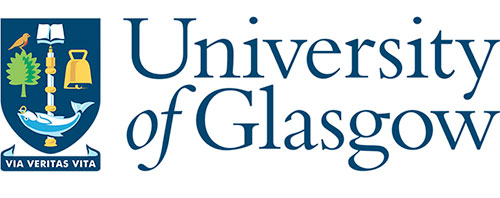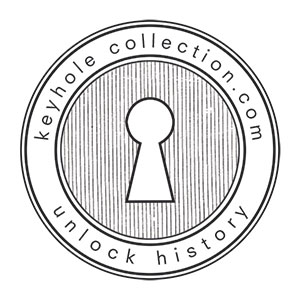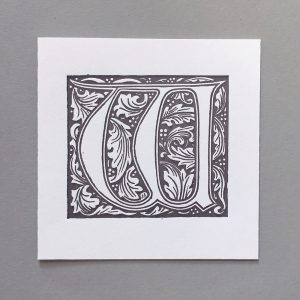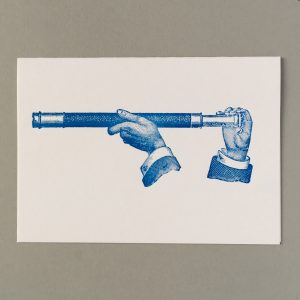Witchfinder General
Frontispiece of The discovery of witches.
This woodcut depicts the self-styled Witchfinder General, Matthew Hopkins, with witches and their familiar spirits. Familiars were thought to be demonic imps which would assist the witches with their magic, often in animal form.
Matthew Hopkins, England’s most notorious witch-hunter, centred his activities in Essex and the surrounding counties. Despite his short career – he started only in 1645 and died in 1647 – it has been estimated he managed to condemn over 200 people to death. At first he was received enthusiastically, but by 1646 his influence was declining, partly due to the exposure of his methods in John Geule’s Select cases of conscience touching witches, 1646.
This book forms part of a virtual exhibition on the University of Glasgow Special Collections website. The Damned Art is an exhibition of books relating to the history of witchcraft and demonology, drawn mainly from the Ferguson collection. John Ferguson (1837-1916), Regius Professor of Chemistry in the University of Glasgow from 1874-1915, was a keen book collector. In 1921, following his death, an important section of his private library, consisting of over 7000 books and some 300 manuscripts, was bought by the University. The greater part of the books in the Ferguson collection are on chemistry and alchemy but there are important smaller groups of books on witchcraft, magic, gypsies, astrology, Rosicrucians and Cabbalism.
University of Glasgow Special Collections
The University of Glasgow Special Collections span over 2,000 years of human activity. The University has been accumulating items of historical importance since its foundation in 1451. Early donations to the library that still survive include books donated by the Scottish humanist poet George Buchanan in 1578. Since then acquisitions have included the bequest of William Hunter’s library, artist James McNeill Whistler’s letters from the early 20th century and more recently the Scottish Theatre Archive. Access to the collection, housed on the 12th floor of the University’s Library, is free, allowing you to delve into a unique archive.






